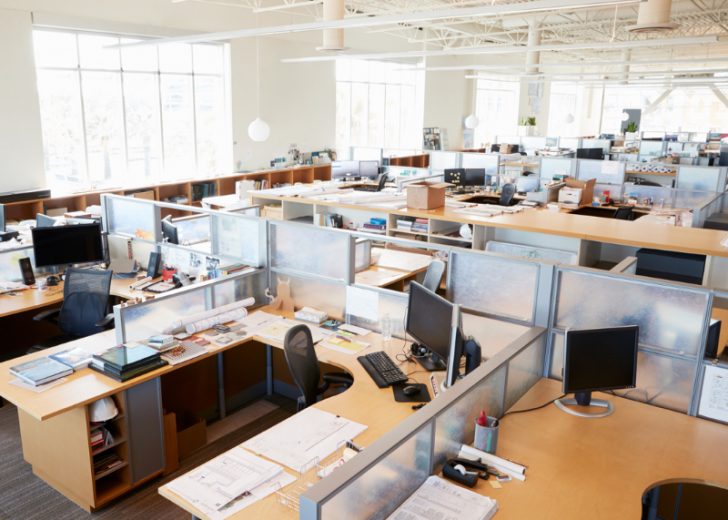Law firm plans are bound to change, as pre-pandemic issues pushed the gobal economy towards laptops and tables. The long-predicted remote work future is finally thrust upon us. Law firms moved their workforce to operating remotely, but predict a return to the office with little appetite to make WFH permanent. Most believe overall long-term impact to be low and set the strategic priority of pre-pandemic normal once COVID-19 is contained. Are law firm leaders out of touch, prescient, or locked into long-term leases?
The Only Constant Is Change

Law is tradition-bound and slow at adopting business changes and predicting how future law firms will be after 2020, is difficult. Many attorneys favor a non-physical location as none love spending time on commuting instead of spending time with loved ones, extra billing, personal improvement or just getting more sleep. Then there’s the monetary argument. As office leases come up and firms evaluate their next moves, saving money on rent is imperative. Real estate remains the second-largest line item on a legal firm’s expenditure after personnel. Every dollar saved, adds to the year-end bonus distribution to partners. Most legal firms would opt for reducing costs while improving their profits.
What Remains the Same
The legal real estate market cannot vanish overnight with firms maintaining dedicated office space for collaboration and clients. Office space fosters overt and covert collaboration. Some legal practices cannot operate on a cell-phone and laptop basis. Litigators need to store and review physical documents and evidence while mediators prefer conference rooms to Zoom breakout rooms during negotiations. Some persons still decide on whether to hire a law firm not on legal expertise but on when the elevator dings and the client steps out into the reception area. Though superfluous, but if it matters to clients, these deserve serious consideration.
Where It Gets Weird

What is certain is that private attorney offices associated with the concept of being an attorney, is no longer valid. Among the major revisions for re-developing the traditional law firm blueprint is abandoning offices and working from home, or move to hoteling concepts like the Big Four. Others enable attorneys the option of paying for office space and furniture, or have mini-offices for outreach. More experimentation in cost-efficient legal office models is expected and savings from downsizing attorney offices will ensure upgrading remaining spaces, as the larger market demand for commercial real estate vanishes, driving down prices. Savings are directed for projecting success to new customers, developing attorney relations, firm culture and morale with modern common areas and collaboration rooms. Firms may keep staff happy with lounges, coffee house spaces, quiet zones, nursing rooms, and other amenities providing community access in cost-effective ways.
Perspectives

Experts are skittish on Biglaw’s prospects to experiment and grow as incentives, (collective, personal people-centric and strictly financial), are aligned to create more interesting, effective, and well-designed real estate solutions. Irrespective of how the new offices shape up, attorneys and legal professionals will occupy the space very regularly. The forty-fifty hour weeks in the office are forever gone, no matter how fossilised law firm leaders try to delay doomsday. In competitive times, adopting flexible, remote working policies will flourish else, employees will leave for firms that can change.




